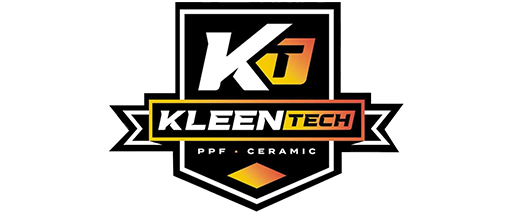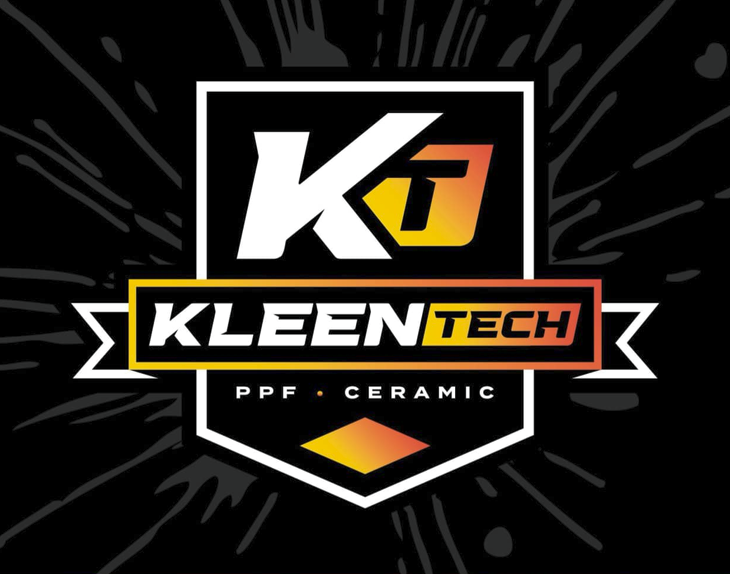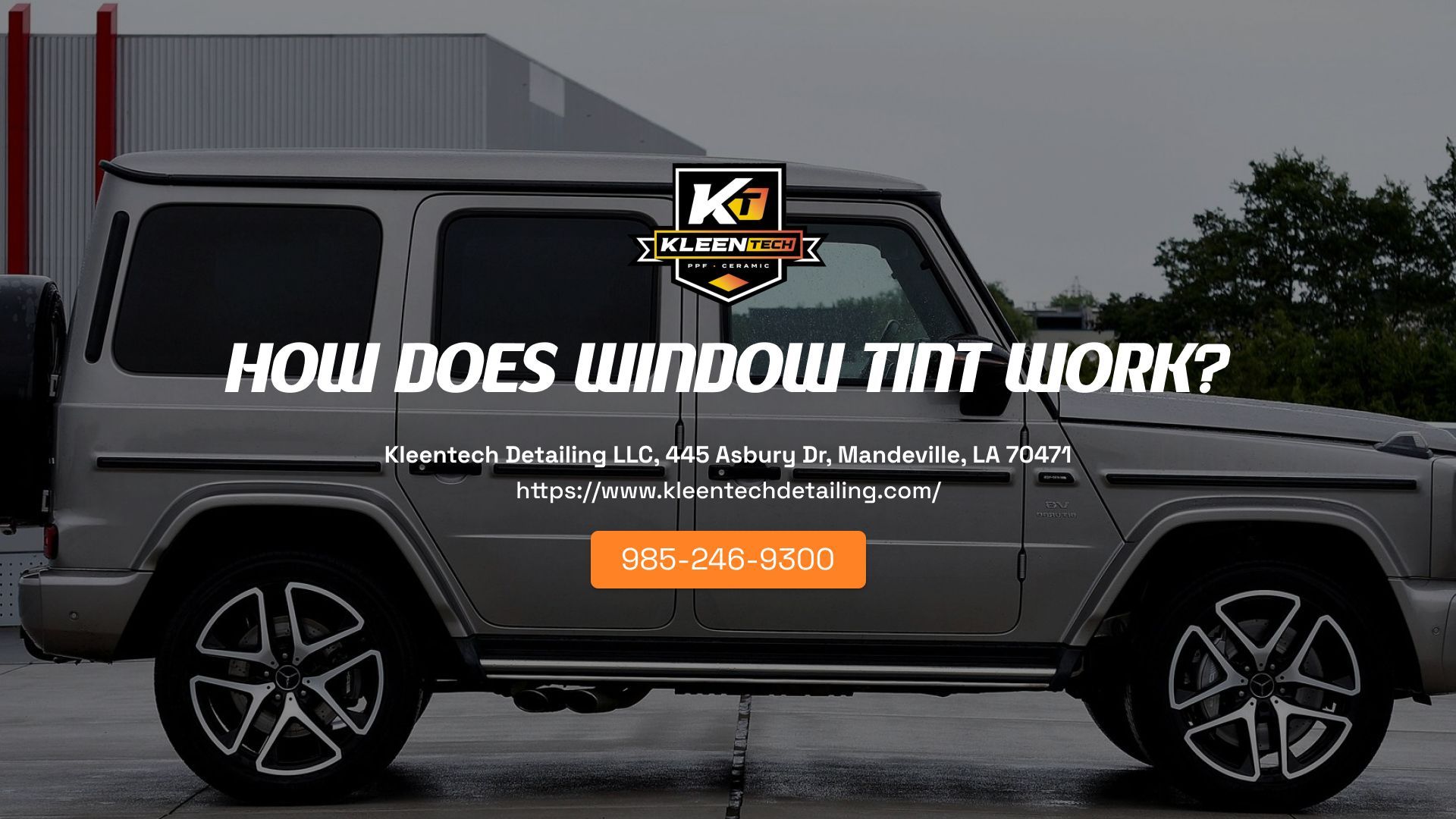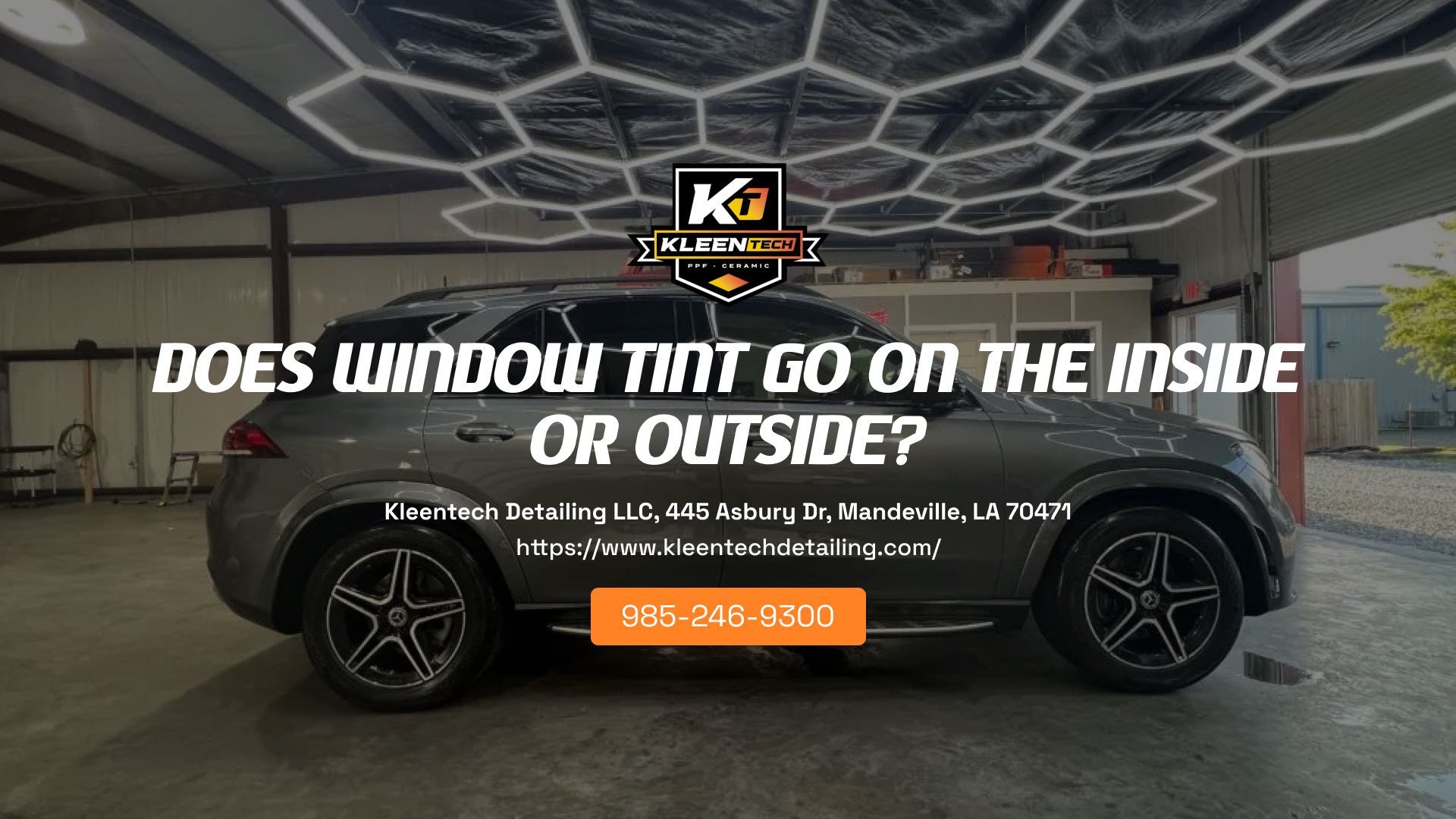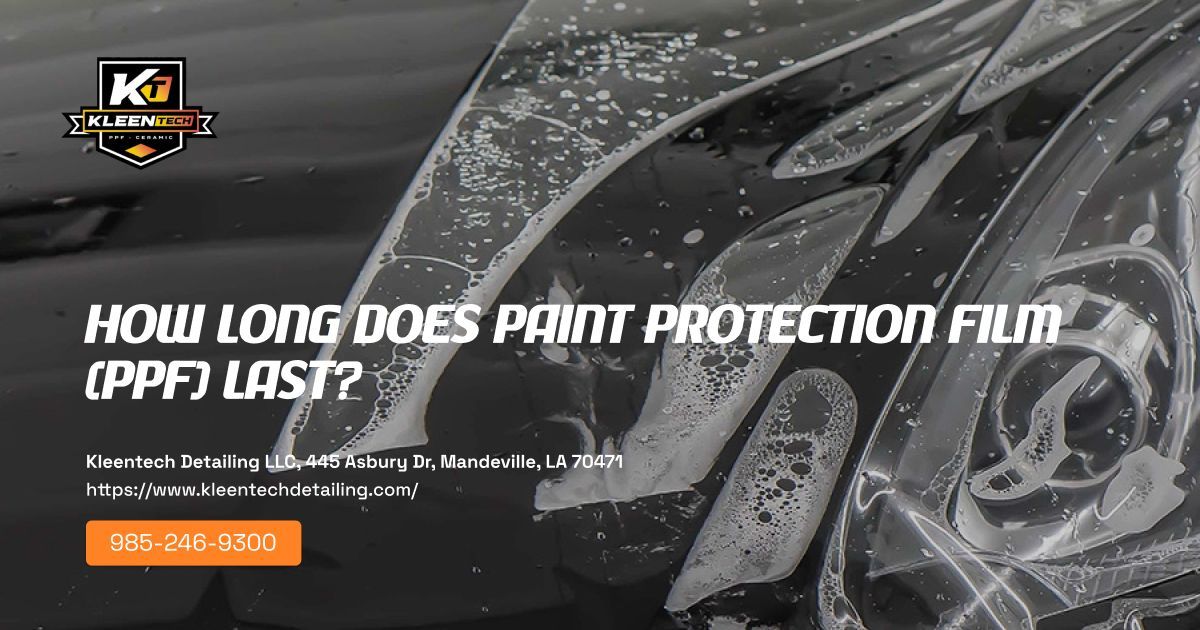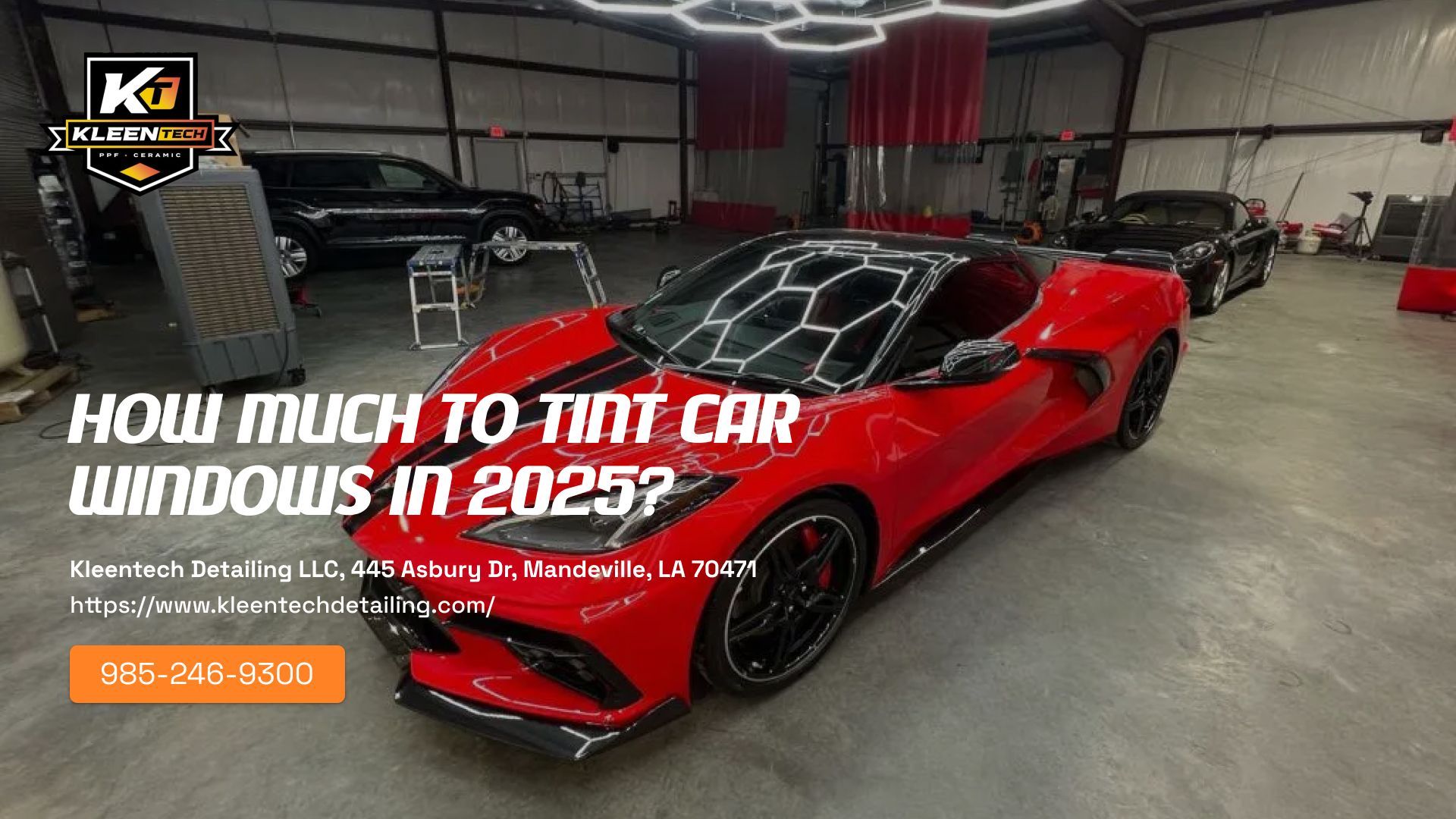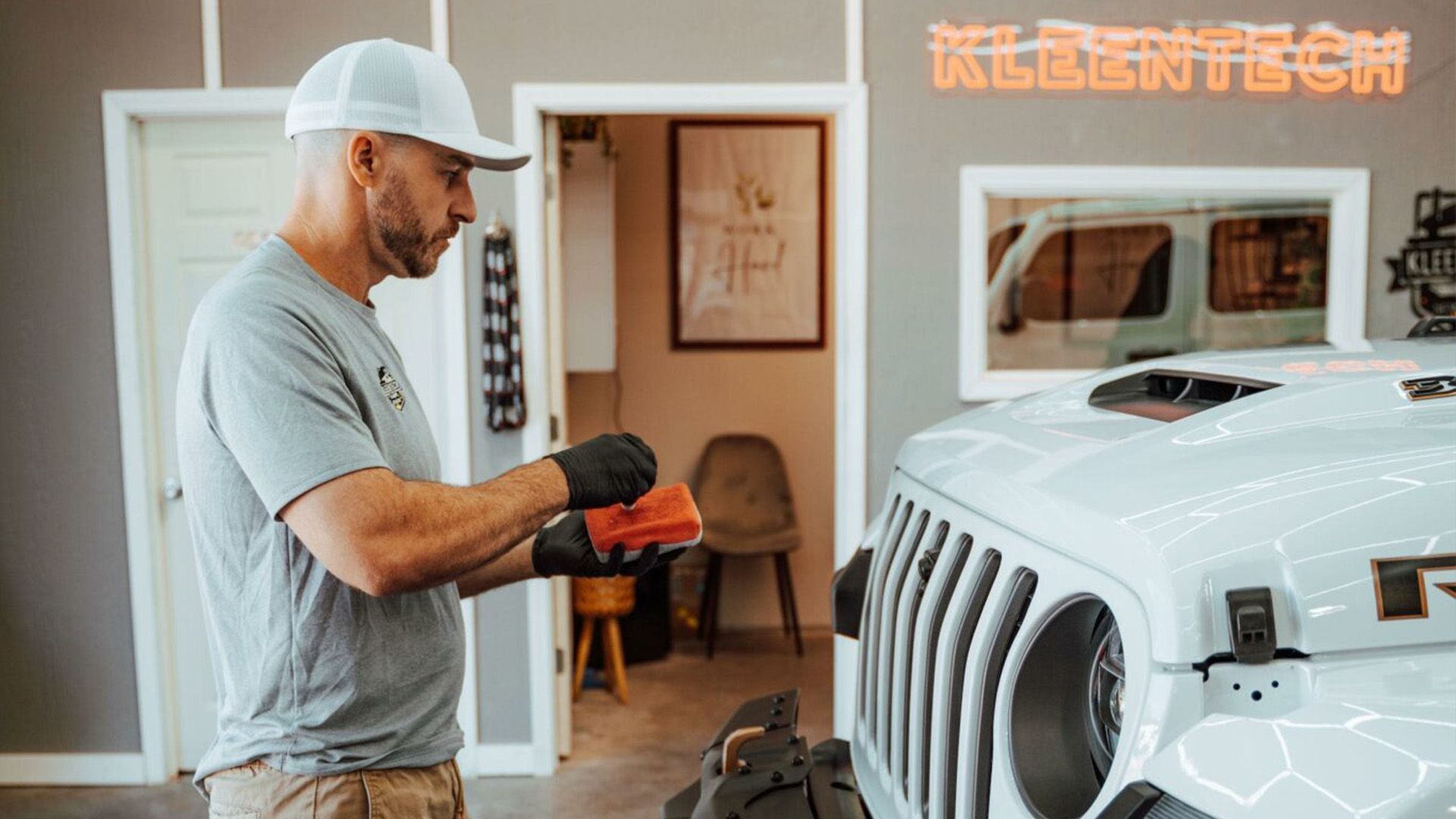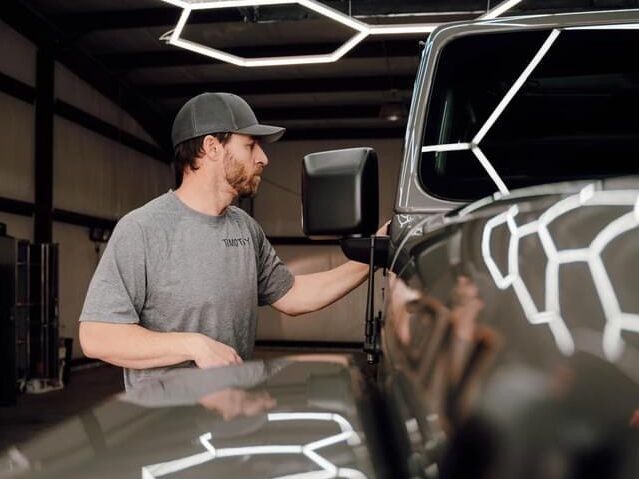What Window Tint Should I Get?
Table of Contents
Choosing the right window film improves privacy, enhances interior comfort, blocks harmful UV rays, and keeps your vehicle compliant with local laws. But what window tint should you get? In this guide, Kleentech Detailing answers the most common questions drivers ask so you can select the ideal tint for your needs, preferences, and state regulations.
Key Takeaways
- Window tint percentage (VLT) refers to how much visible light passes through the film, with lower VLT numbers indicating a darker tint.
- Ceramic tint offers the best protection, blocking UV rays, infrared heat, and signal interference.
- 35% tint is the most balanced option, combining style, glare control, and legal compliance in most states.
- Louisiana law limits front window tint to 40% VLT, ensuring safety and visibility for drivers.
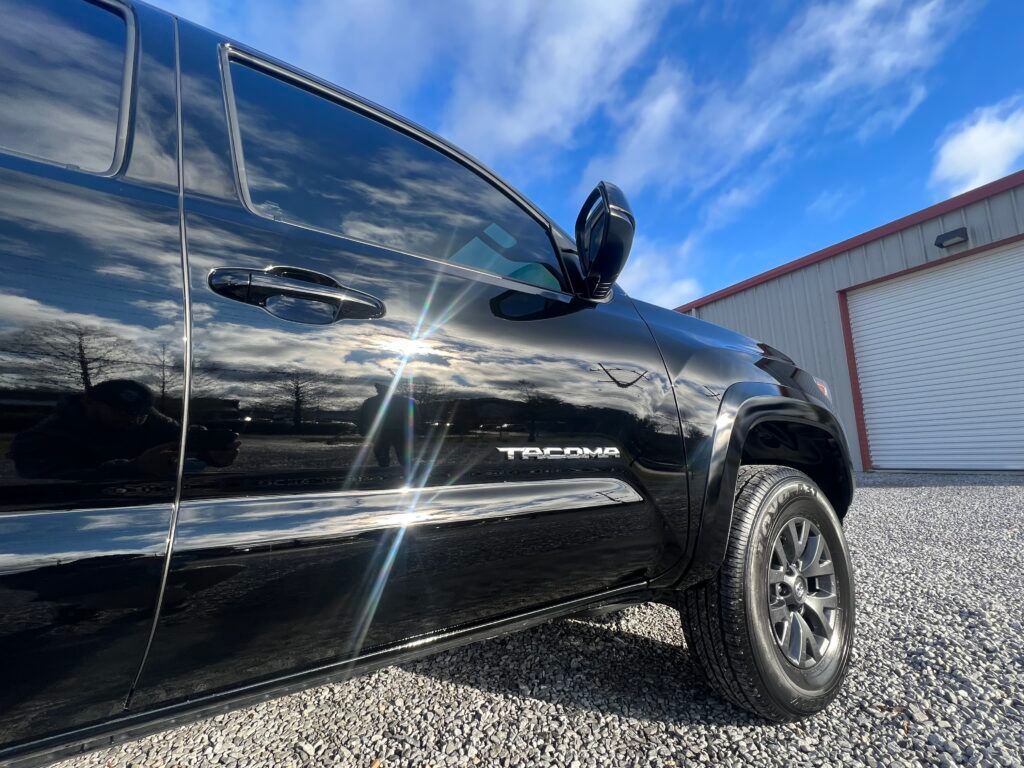
What Does Window Tint Percentage Mean?
Window tint percentage refers to Visible Light Transmission (VLT) - the amount of light that passes through the tint film. A higher VLT (like 70%) allows more visibility. A lower VLT (like 5%) makes the glass appear darker.
Each tint film includes layered window treatments such as:
- UV protection layer
- Infrared rejection layer
- Anti-glare layer
These features outperform clear, unfiltered, or bright factory glass.
What Are The Most Common Tint Percentages?
70% Tint
- Very transparent
- Maximizes visibility
- High UV film performance
50% Tint
- Mild heat-rejection window tint
- Balanced light and comfort
- Common for front windows
35% Tint
- Factory-style privacy film
- Popular for style and glare control
- Legal in most states
20% Tint
- Strong privacy solution
- Enhances rear window shading
- Often paired with security film
5% Tint (Limo Tint)
- Very opaque
- Maximum sun protection
- Typically not legal for front windows
What’s The Best Tint For My Needs?
Have you ever wondered, “What window tint should I get”? Selecting the right tint depends on your driving goals. Match each objective to the best tint percentage and film type.
Privacy
- Best Percentages: 5% or 20%
- Film Types: Privacy film, Carbon tint, Security film
Heat Control
- Best Percentages: 35% or 50%
- Film Types: Ceramic window tint, Solar film
Visibility
- Best Percentages: 70% or 50%
- Film Types: Crystalline film, Hybrid tint
Style
- Best Percentage: 35%
- Film Types: Dyed tint, Decorative film
Does Window Tint Affect Night Visibility?
Yes. Dark tint film, such as 5% or 20% may reduce visibility at night. For frequent nighttime driving, choose films with:
- Anti-glare layer
- High VLT
- Certified safety and security features
Avoid overly dark, unfiltered, or opaque tints if clear visibility is a priority.
What Window Tint Is Legal In My State?
Louisiana tint laws require:
- Front Side Windows: No darker than 40% VLT
- Rear Windows: 25% VLT or lighter
- Windshield: Tint allowed above the AS-1 line only
Remember always to comply with the tint laws of the State. Kleentech Detailing only uses OEM-compliant window film within legal requirements.
Can I Get A Medical Exemption For Darker Tint?
Yes. Louisiana allows medical condition exemptions. A medical certification is required. Permitted tint blocks UV and helps with medical sun protection needs.
What Type Of Window Tint Is Best?
Ceramic Window Tint
- Made with nano-ceramic film
- Highest IR blocking and UV protection
- No signal interference
Carbon Window Tint
- Uses carbon particles
- Fade-resistant and non-reflective
- Durable and stylish
Dyed Window Tint
- Entry-level decorative film
- Great for aesthetics
- Shorter lifespan
Hybrid Window Tint
- Combining a metalized layer and dye
- Balanced heat rejection and cost
Window Tint Type Comparison
| Type | UV Block | Heat Rejection | Privacy | Durability | Signal Safe | Price (Estimate) |
|---|---|---|---|---|---|---|
| Ceramic | High | Excellent | Medium | 10+ years | Yes | $400–$800 |
| Carbon | High | Good | High | 5–7 years | Yes | $250–$500 |
| Dyed | Medium | Low | Medium | 1–3 years | Yes | $100–$250 |
| Hybrid | High | Medium | Medium | 4–6 years | Partial | $200–$400 |
How Do I Layer Tint Over Factory Glass?
The majority of factory windows come with light tinting. To expound:
- Use a professional wet application
- Confirm final VLT meets legal requirements
- Offer a good layer of adhesion
Avoid untinted, unfiltered, or misaligned film that could reduce performance.
Where Should I Get My Windows Tinted?
Choose a certified tinting service like Kleentech Detailing, proudly serving Mandeville, LA, and surrounding areas. Professional installation ensures:
- Full legal compliance with the Louisiana tint laws
- Long-lasting performance with high-quality materials
- Even cleaning application with no peeling or bubbling
Shops without proper training often apply non-compliant film or cause costly damage. At Kleentech Detailing, we guarantee quality tinting that meets state standards and enhances every vehicle.
Get in touch with us to experience the best window tinting service!
FAQs
Is 35% or 20% tint better?
35% is legal and fair, and 20% is more personal but may not meet local limits.
Does tint keep a car cooler?
Yes. Solar film with IR blocking reduces heat and improves comfort.
Can I remove window tint myself?
Yes, but professional tint removal avoids damage to glass or defrosters.
How long does window tint last?
Ceramic tint lasts over 10 years, carbon tint lasts 5–7 years, and dyed tint lasts 1–3 years.
What is the darkest legal tint?
40% VLT on the front windows is the limit in Louisiana. Rear and back windows may be darker, but security film requirements must still be met.
